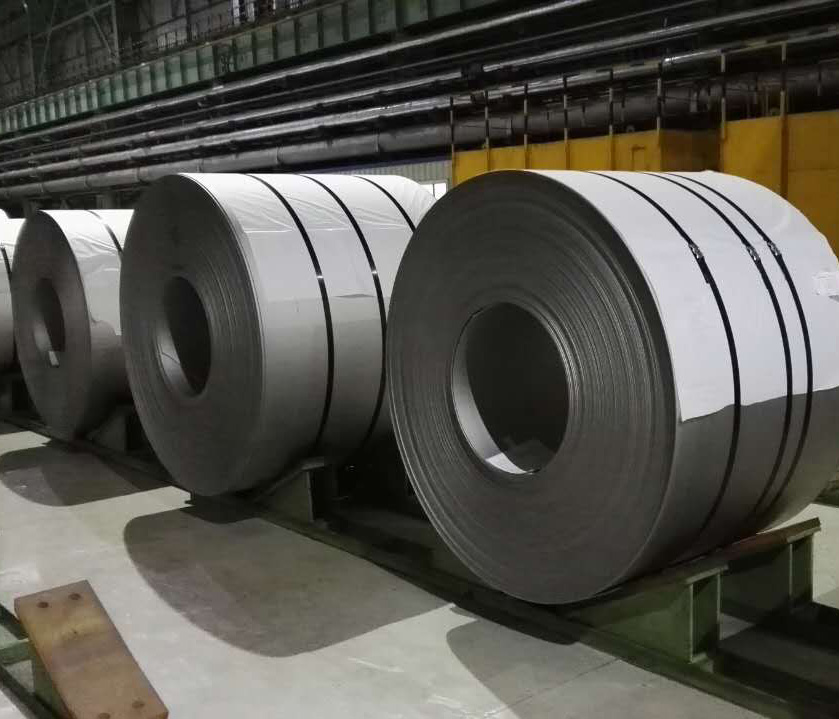How to distinguish between true and false titanium alloy?
Titanium alloy is a new type of structural material. It has excellent comprehensive properties, such as low density (~4.5g·cm-3), high specific strength and specific fracture toughness, good fatigue strength and anti-crack growth ability, good low temperature toughness, excellent corrosion resistance. The highest working temperature of some titanium alloy is 550℃, which is expected to reach 700℃. Therefore, it is widely used in aviation, aerospace, chemical industry, shipbuilding and other industrial sectors and develops rapidly.

Alloy concept definition: take titanium as the base to add other alloy elements of the alloy is called titanium alloy. Titanium alloy is an ideal structural material for aerospace engineering due to its advantages of low density, high specific strength, good corrosion resistance and good process performance.
Research scope: Titanium alloy can be divided into structural titanium alloy and heat resistant titanium alloy, or α type titanium alloy, β type titanium alloy and α+β type titanium alloy. The research scope also includes forming technology of titanium alloy, powder metallurgy technology, rapid solidification technology, military and civil titanium alloy, etc.
Titanium usage in chemical and general engineering: approximately 15% of production in the United States and 40% in Europe. Due to its excellent corrosion resistance, good mechanical properties and qualified histocompatibility, titanium and its alloys are used in the manufacture of biomaterials such as prosthetic devices.
The ratio strength of titanium alloys is higher than that of other light metals, steels and nickel alloys in relation to temperature, and this advantage can be maintained to about 500℃. Therefore, some titanium alloys are suitable for the manufacture of gas turbine components. About 80 per cent of titanium production is used in the aviation and aerospace industry. For example, the B-1 bomber in the United States, about 21 percent of the body structure material titanium alloy, mainly used to make the fuselage, wings, skin and load-bearing components. The amount of titanium alloy used in the F-15 fighter jet's airframe structure is 7,000kg, accounting for about 34% of the structure's weight. About 5% of the structural parts of Boeing 757 are made of titanium alloy, with a dosage of 3,640 kg. The McDonnell-Dounlas DC10 uses 5,500 kg of titanium, more than 10% of its structural weight.